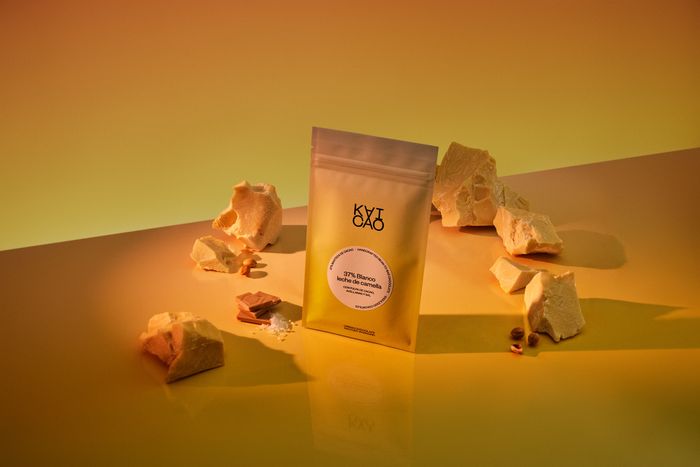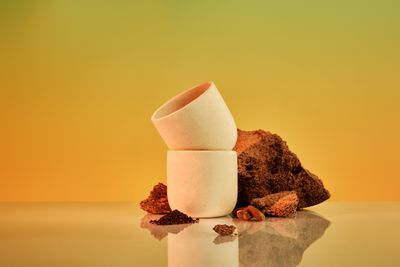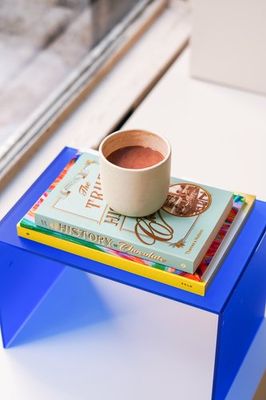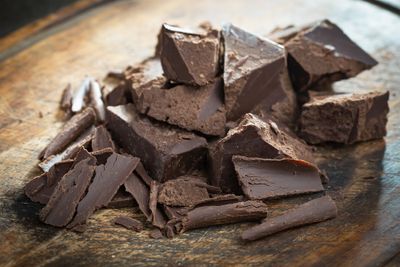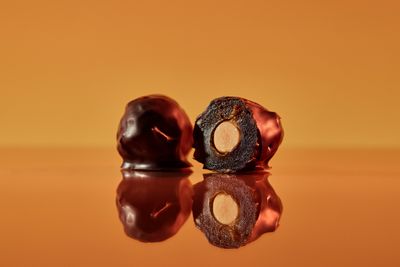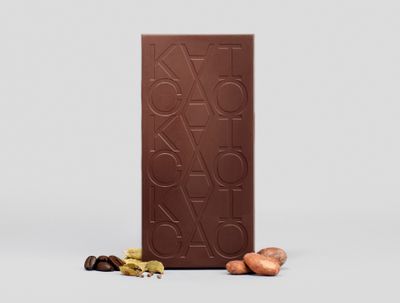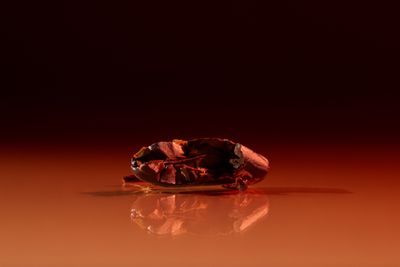Our daily cacao and chocolate discoveries
Welcome to the world of bean-to-bar chocolate making! Here you will find all the information about the process of making chocolates from cacao beans. We will explore the history of cacao, its origins, the different beans we are using, and the process of making chocolate. We will also discuss the ethical and sustainable practice of bean-to-bar chocolate makers and how you can support them.
CacaoExploring Theobromine: A Deep Dive into the Health Wonders of this Fascinating Component in Ceremonial Cacao – A Symphony of WellnessWhat is Theobromine and where can we find it?
Theobromine is an alkaloid that belongs to the methylxanthine class of chemicals, which also includes caffeine and theophylline. It is found naturally in
CacaoWhen combining Middle Eastern origins with our unique cacao beans we get the perfect flavor storm, that is how our Arabic coffee and cardamon bean to bar chocolate was born. The tradition of drinking coffee with cardamon
The Middle East is known for its rich culture and traditions, and one of the most beloved is the tradition of drinking Arabic coffee and cardamon. This c

